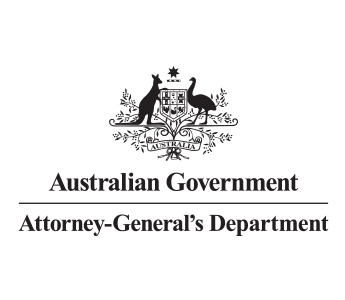Procedural instructions or guidance
Summary
Develop clear instructions and guidance for activities and processes, such as:
- instructions for collecting the right information to verify eligibility or entitlements
- procedures to help staff apply consistent and correct processes
- guidance to help staff make correct and ethical decisions.
Why this countermeasure matters
A lack of clear guidance and procedural instructions can lead to:
- high levels of non-compliance or errors due to inconsistent and unclear processes, rules and decision-making
- common use of shortcuts and workarounds
- a lack of transparency over actions and decisions
- poor management of fraud and corruption risks
- fraudsters taking advantage inconsistent practices and processes to commit fraud and avoid exposure or prosecution
- fraud or corrupt activity going unnoticed or unchallenged
- unknown and unaddressed systemic fraud or corruption.
How you might apply this countermeasure
Some ways to implement this countermeasure include creating:
- clear instructions for clients and third parties to follow
- clear program procedures and processing instructions for staff
- clear procedures for internal functions such as credit card acquittals
- clear guidance for managers who oversee processes and decisions.
How to check if your countermeasures are effective
Here are some ways to measure the effectiveness of this type of countermeasure:
- confirm that procedural instructions and guidance material exists.
- confirm that staff can easily find and reference procedural instructions and guidance material.
- confirm that staff can easily understand and apply procedural instructions and guidance material.
- confirm that staff use procedural instructions and guidance material.
- check that procedural instructions and guidance material is reviewed regularly and updated as required.
- review statistics on the number of page visits to procedural instructions and guidance material to confirm staff are using it.
Related countermeasures
Make sure requests or claims use a specific form, process or system for consistency.
Establish governance, accountability and oversight of processes by using delegations and requiring committees and project boards to oversee critical decisions and risk. Good governance, accountability and oversight increases transparency and reduces the opportunity for fraud.
Clearly document decision-makers using delegations, authorisations and instructions. Clearly defined decision-making powers increase transparency and reduce the opportunity for fraud and corruption.
Provide staff with adequate training to increase likelihood that correct and consistent processes and decisions will be applied.
Internal or external audits or reviews evaluate the process, purpose and outcome of activities. Clients, public officials or contractors can take advantage of weaknesses in government programs and systems to commit fraud, act corruptly, and avoid exposure.

